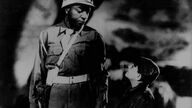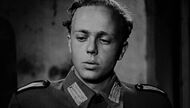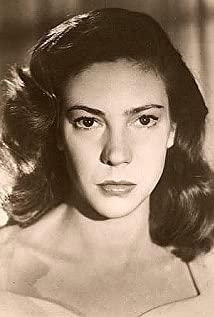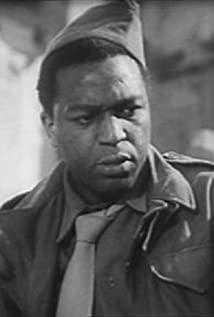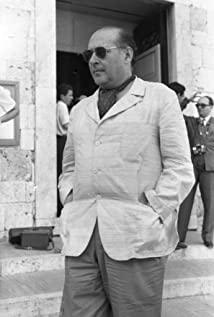A classic by Roberto Rossellini. Tells six short stories on the eve of the liberation of Italy throughout World War II. Rossellini's shots are not without choice for the real capture, but he only relies on the real content of the shooting to obtain logical connections to tell the story, so as to complete the reference of the film's narrative, rather than relying on montage to "create" a story. Fulfill the director's request. This depends on two points. First, the director has a strong focus and great emotion on what happens in reality; second, the director has a keen ability to capture the details of reality.
At the same time, the genius of the director (the reason why the emphasis is on the director is because the screenwriter of this film is Fellini) is that they are not satisfied with just "documentation". In the film narrative, their thinking about the story (reality) itself is still strongly permeated. For example, the trust and hatred between people in the first story; the universal humanitarian sentiment in the second story; the tender bud of love in the third story is such a cruel contrast to the war background it produces; In the four stories, people are not afraid of death in the face of love; the fifth story tells the embarrassment of traditional Catholicism under the pressure of war and modern religious concepts. Deep thinking on religion; the sixth story, with the complete sacrifice of the guerrillas, highlights the bravery and fearlessness of the Italian people in World War II, and is also a true portrayal of the hearts of the Italian people (the film was shot in 1946). At the end of the film, in the context at that time, it also played an inspiring climax.
View more about Paisan reviews



